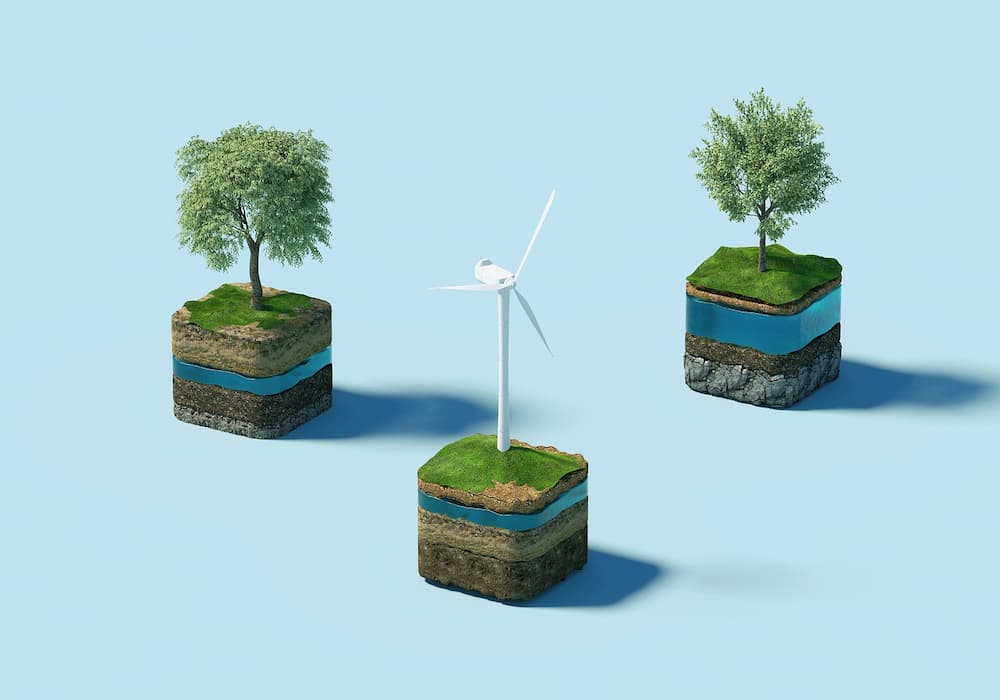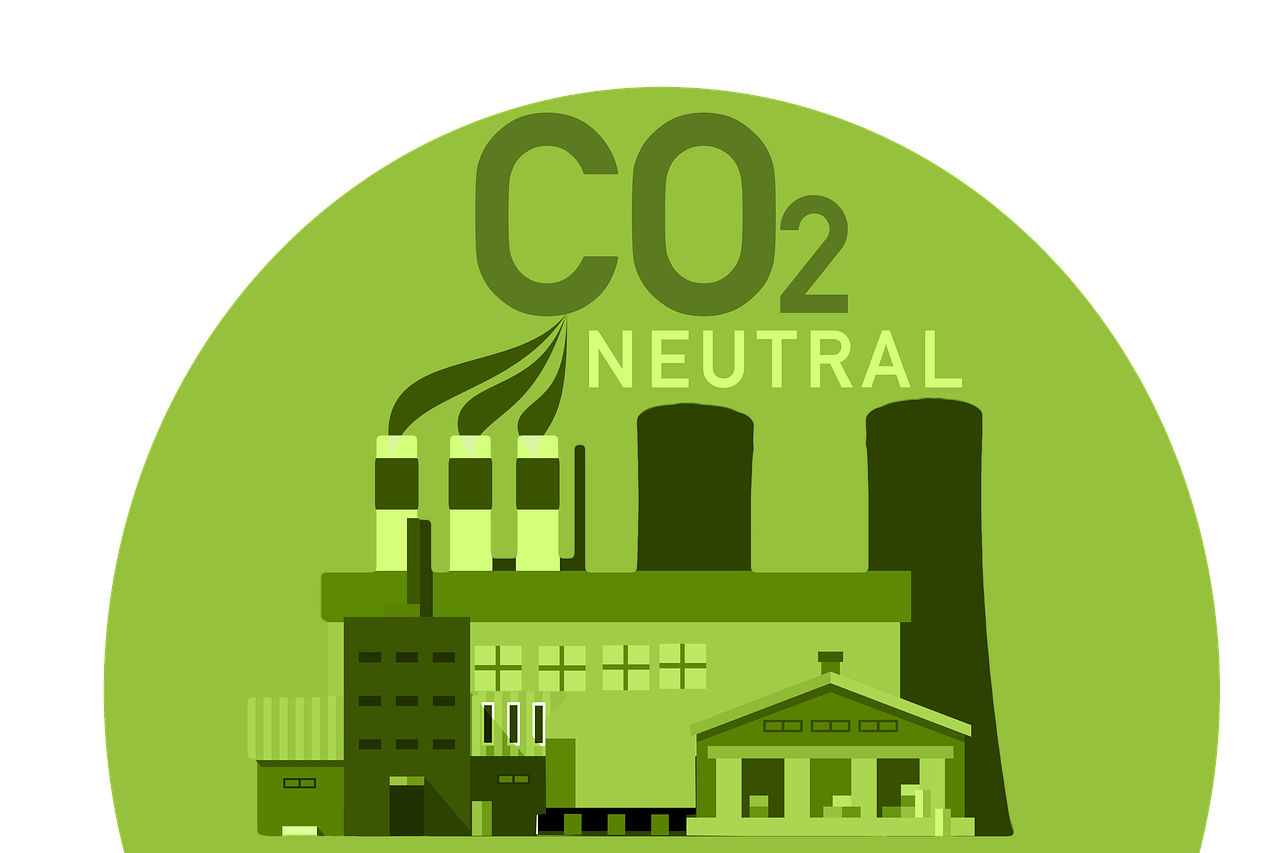What Is Sustainable Fashion & Why Is It So Important?

There's been a growing interest in environmental sustainability from every sector as the world becomes increasingly concerned about climate change. The fashion industry is no exception, with sustainable fashion slowly building traction. If you can rock trendy fashion in style and still reduce your environmental footprint, will you be willing to make a change?
This is exactly what's happening; awareness around sustainable fashion and its importance is on the rise all over the world. Many brands (both luxury and affordable) are making changes to their production processes to create more eco-friendly clothing. Consumers are also taking part in their ways by reducing their consumption of fast fashion and opting for more sustainable measures such as thrifting and upcycling.
What is Sustainable Fashion?
Sustainable fashion is an approach that considers the social, environmental, and economic impacts of clothing production and consumption. It is about creating and consuming fashion responsibly, considering the environment and its resources.
In simple terms, it is fashion that is ethically and environmentally sound in every aspect, from production to consumption. It's not just about looking good but doing your part and making sure that the fashion industry does its part to reduce its negative effects on the environment.
Sustainable fashion must meet three primary criteria:
- Reduce waste by using fewer resources and materials
- Using renewable and recycled materials to reduce the carbon footprint
- Promoting fair labour practices and promote responsible business practices

Sustainable fashion does more than just reduce waste and conserve energy
it also helps to protect our planet's biodiversity. Several fashion brands are now creating clothing with materials derived from sustainable sources, such as biodegradable fabrics and recycled materials.
Additionally, many fashion companies are now using eco-friendly processes to dye and finish their clothing, such as natural dyes and low-impact printing techniques.
Some brands are not telling you the truth
Most discouragingly, some big-name companies have been called out for greenwashing - making claims of being sustainable when in reality, they're not. Pressure for unrelenting growth and consumer demand for cheap and fast fashion are two major drivers of unsustainable fashion practices.
The good news is that some very successful companies, such as Patagonia, Reformation, and H&M, have taken a proactive approach to sustainability in fashion. These brands are leading the way with their dedication to reducing their environmental impact and promoting sustainable practices.
At the end of the day, being conscious about your shopping choices is key to ensuring that the fashion industry becomes more sustainable. Supporting brands that prioritize ethics and practices and engaging in other sustainable practices such as thrifting and upcycling are all effective ways to reduce fashion's environmental footprint.
Why is sustainable fashion so important?
It is impossible to imagine our lives without clothes and fashion. It plays a major role in our daily lives, not only as an expression of who we are but also as a way to stay comfortable and protected from the elements. However, the fashion industry has had a significant environmental impact in recent years due to its reliance on unsustainable practices.
It aims to reduce carbon emissions
The fashion industry is responsible for producing large amounts of clothing, and the materials used in this process are often not sustainable. The use of synthetic materials, dyes, and chemicals can have a detrimental effect on the environment, as well as our health. The production of clothes is incredibly energy-intensive, resulting in increased emissions of greenhouse gases.

Decreases the size of landfills and minimizes water pollution
Moreover, the amount of waste generated by the fashion industry is huge. Textile waste accounts for a significant portion of global landfill waste, and it is estimated that around 20% of global water pollution is caused by the production and dyeing of textiles.
To tackle these issues and minimize the negative impact of fashion on our environment, we have to adopt sustainable practices that focus on reducing waste while promoting ethical fashion consumption. If we can successfully shift to more sustainable practices, we can be able to:
- Reduce the amount of energy and water needed for production
- Reduce pollution from dyes and chemicals, which can cause serious health problems
- Reduce the amount of waste that is sent to landfills
- Promote fair labour practices and ethical production methods
- Reduce the environmental impact of shipping and transportation
- Use recycled, biodegradable, or upcycled materials
- Support local economies and create jobs.
By adopting sustainable practices, the fashion industry can become more conscious of its environmental impact and more committed to protecting the planet. This is important for everyone, as we all have a responsibility to make sure that our fashion choices are not causing unnecessary harm to our planet. By supporting sustainable fashion, we can help create a more sustainable future for generations and generations to come.
Former Norwegian prime minister Gro Harlem Brundtland famously said "there is no development without sustainability". This quote captures the essence of sustainable fashion: it is only through responsible and conscious fashion consumption that we can create a sustainable future.
Examples of Sustainable Fashion
We have majored in some of the issues that the fashion industry faces, but it is also important to recognize the positive steps taken by some apparel brands, as we, as individuals, promote sustainability in wardrobe. Every effort counts, and here are some of the great examples that are worth knowing about:
1. Slow Fashion:
Slow fashion is a movement that emphasizes quality over quantity, promoting the purchase of long-lasting items made with eco-friendly materials and ethical production practices. It is the antithesis of the fast-fashion industry, which focuses on producing more items at a lower cost and encourages consumers to buy in bulk.
Slow fashion also includes renting or sharing clothes and accessories. This way, fewer clothes need to be produced, and the demand for new items decreases.
2. Organic & Natural materials
It takes the long-term view and considers the product lifecycle to design sustainable fashion. Instead of using unsustainable materials like polyester or nylon, use organic natural materials such as leather, cotton, hemp, and jute.
These materials are not only eco-friendly but also look and feel great. For example, cotton is a breathable and absorbent material, while leather has a luxurious feel. Hemp is another great material, as it is resistant to mould and mildew and has antibacterial properties.
These materials are biodegradable, so they can be safely disposed of without causing any harm to the environment.
3. Circular Fashion:
Circular fashion focuses on using products and materials in a circular system. It encourages the reuse, recycling, and up-cycling of existing apparel so that fewer new items need to be produced. Through this approach, resources are conserved, and pollution is reduced.
This can involve thrifting, buying secondhand clothes from vintage stores or consignment shops, donating clothes to be reused or repaired instead of thrown away, and renting instead of buying. The goal is to create a loop where materials and products are used over and over again.
4. Conscious Fashion:
The concept of conscious fashion encourages people to be aware of their consumption and look for sustainable options when making purchases. Rather than buying items that are made with unsustainable materials or produced in a harmful way, shoppers should seek out brands that use eco-friendly production methods and ethical labour practices. By doing so, they can support the green fashion movement while also doing their part to protect the planet.
5. Capsule Wardrobe:
The capsule wardrobe is a concept that promotes the use of fewer, better-quality items. This approach encourages people to make conscious choices about their clothing and invest in timeless pieces that they can mix and match. This way, they can create multiple looks without having to buy a lot of clothes or worrying about items going out of style.
6. Ethical Fashion:
Ethical fashion refers to the moral and responsible practices companies take to reduce harm to animals, people, and the planet in the production of clothing. This covers production, working conditions, and Fair Trade practices.
It is important to choose clothing that is produced with sustainable methods so that our choices are not resulting in unnecessary damage to our environment. With these efforts, we can strive to make a positive impact on our planet and create a more sustainable and high-qua.
7. Ethical Trade (Fairtrade)
Ethical trade is a concept that focuses on improving the quality of life for workers in developing countries. This includes ensuring fair wages, safe and healthy working conditions, and no child labour. It also incorporates environmental sustainability into production processes by using organic materials and limiting water waste.
Companies that practice ethical trade make sure their suppliers are following these standards to ensure that their products are made with respect for the people and environment.
8. Sustainable Textile Production
Sustainable textile production involves using natural materials, devices, and processes to reduce the environmental impact of producing clothing. This includes using recycled materials and natural dyes, as well as implementing processes such as upcycling and repairing items that would otherwise be thrown away.
It also involves minimizing water waste and using energy-efficient methods. By reducing the environmental impact of producing clothes, companies can help create a greener future.
9 Thrifting and Vintage Clothing:
Thrifting and vintage clothing refer to buying secondhand items from thrift stores, consignment shops, or online marketplaces. This approach offers an economical way to shop for clothes while reducing your carbon footprint.
It also supports sustainable fashion by extending the life of existing garments. Many thrift stores specialize in vintage pieces that have been carefully preserved, meaning shoppers can find unique and timeless items without worrying about contributing to fast fashion.
10 Upcycling:
Upcycling is the process of taking existing materials and transforming them into something new for a different purpose. This often involves repurposing and reusing old clothing or material scraps to create something entirely different and more sustainable.
With upcycling, shoppers can create their unique items while reducing waste. People interested in this approach can look for tutorials online or find local workshops that teach upcycling techniques.

What We Can Do To Promote Sustainable Fashion
Greener, more environmentally-friendly fashion has a direct benefit to the planet, as well as being beneficial to humans and animals. Businesses and individuals alike can do a lot to promote sustainability, from reducing their carbon footprint to shopping ethically and encouraging others to do the same.
Share the knowledge
Education and awareness are key to driving change. When you learn something new that makes a change in your lifestyle - be it avoiding fast fashion or buying vintage - share that knowledge with those around you. Lead by example and show the world what sustainability looks like. It may seem like a small gesture, but the ripple effect can be far-reaching.
Demand change from retailers
Consumers should demand more from the fashion industry and ensure their voices are heard. Speak up for sustainability when you shop. If you must shop for new fashion, choose items made from sustainable materials, opt for natural dyes and eco-textiles, and shop with brands that are transparent about their supply chain and practices.
Hold companies to stricter environmental standards
Businesses should also ensure they're doing everything possible to promote fashion sustainability. Invest in renewable energy, use eco-friendly materials and production processes, support ethical labour practices, and promote sustainable initiatives. They should make it a priority to be transparent about their production processes, and stick to their sustainability promise.
Reuse, recycle, repurpose and upcycle!
Finally, we should all do our part to reduce the amount of clothing waste in the world. Buy less, buy better quality, and repair or repurpose items when possible. Donate or sell clothes you no longer need and encourage others to do the same. And remember - sustainable fashion isn't just about what we wear, but how we wear it. Wear clothes multiple times and be creative with styling to make them look new again!
Together, we can create a more sustainable fashion future.
We can build a better world by shopping and living responsibly. Educate yourself and others, use your voice to demand change, and take steps to reduce waste. By taking these small steps today, we can help create a brighter, greener future for generations to come.
So let's start today - join the movement and make sustainable fashion a reality!
